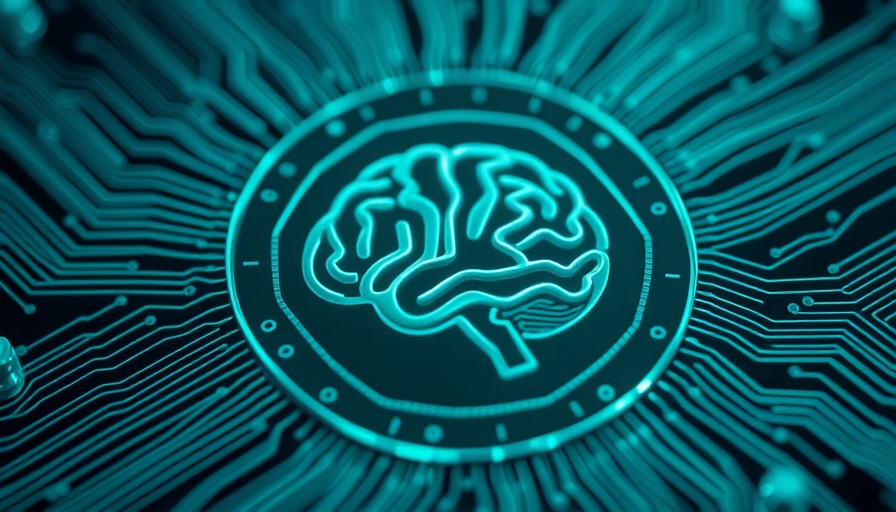
AI in HR: A Paradigm Shift for the Future of Work
As we dive deeper into the digital age, the integration of Artificial Intelligence (AI) within Human Resources (HR) is not just transforming workflows but also reshaping the very essence of employee engagement and performance management. In 2023, AI's presence in HR has significantly evolved, with more than 45% of companies employing AI for various HR functions. This marks a notable shift from traditional HR practices, bringing forth new methodologies that align with the fast-changing dynamics of workplace expectations.
The Impact of AI on Employee Performance Management
AI technologies are proving to be critical in enhancing employee performance management by streamlining processes and providing actionable insights. For instance, companies like Google and IBM are leveraging predictive analytics to forecast employee performance, allowing HR to proactively address potential performance issues. The rise of AI not only provides tools for real-time feedback but also enables the creation of personalized learning and development plans tailored to individual employee needs.
Real-World Examples of AI Integration
Several organizations have successfully utilized AI to improve their HR functions. A prime example is Google, which has implemented an AI-driven performance management system that collects and analyzes employee feedback efficiently. This innovative approach resulted in 85% of employees feeling more valued and engaged. Similarly, Cisco employs predictive analytics to identify potential performance hurdles before they escalate, leading to a remarkable 16% increase in team efficiency.
Benefits and Challenges of AI Implementation
The benefits of using AI in HR are manifold. Companies report significant improvements in employee engagement and productivity—studies reveal organizations utilizing AI-driven feedback mechanisms experience a 24% increase in productivity. Moreover, the ability of AI to minimize biases in performance evaluations fosters a more inclusive work environment.
However, with these advancements come challenges. Ethical considerations, data privacy concerns, and the necessity of maintaining the human touch in HR processes are crucial areas that need addressing. As articulated by experts, while AI can handle data efficiently, the importance of human empathy and understanding cannot be overstated.
Predictions and Future Trends for AI in HR
Looking ahead, the integration of AI into HR functions is projected to continue growing, with estimates suggesting the AI in HR market could reach $3.6 billion by 2025. As organizations adapt, they will increasingly rely on technology to drive change, enhance employee experiences, and foster a culture of continuous improvement. This shifting landscape presents an opportunity for HR professionals to evolve into strategic partners who can navigate the complexities of workforce management.
Breaking Barriers: Encouraging Adoption of AI in HR
To facilitate a successful AI revolution in HR, companies must focus on cultivating an organizational culture that embraces change. Initiatives such as starting with pilot programs, providing adequate training, and ensuring data readiness are essential steps that enable HR departments to harness the full potential of AI technologies.
Actionable Insights for HR Leaders
HR leaders should prioritize understanding how AI technologies can enhance their processes while maintaining a balance between automation and the human factor. Engaging employees in the AI adoption process, fostering an environment of transparency, and continuously refining AI capabilities will be fundamental in shaping the future of work.
 Add Row
Add Row  Add
Add 




Write A Comment